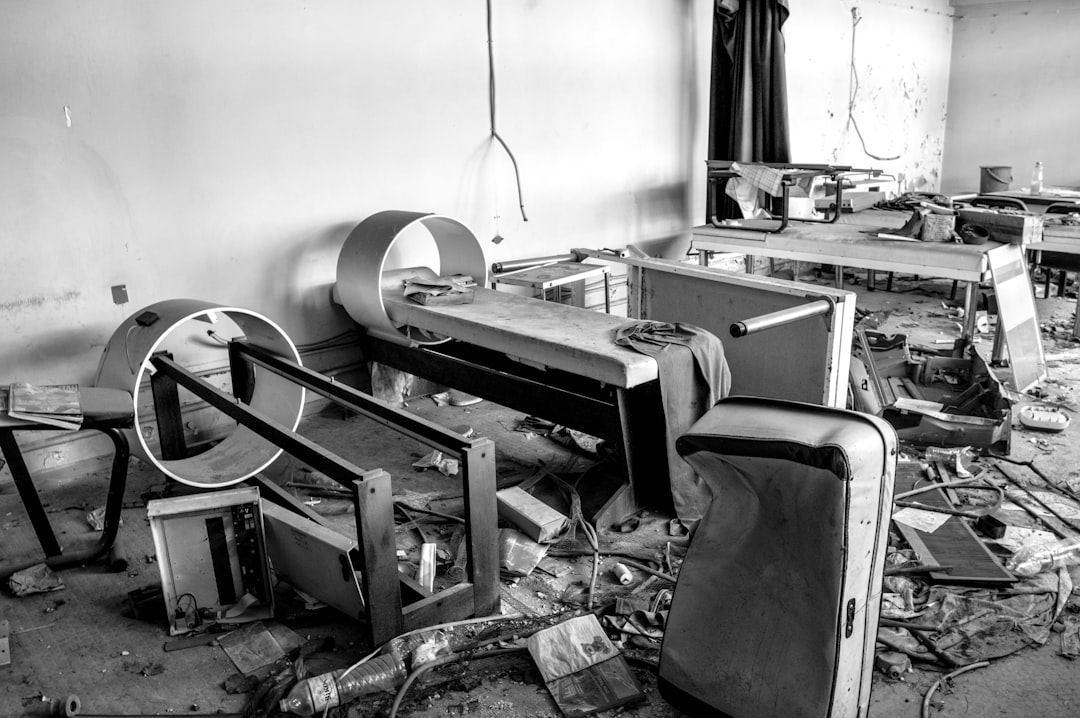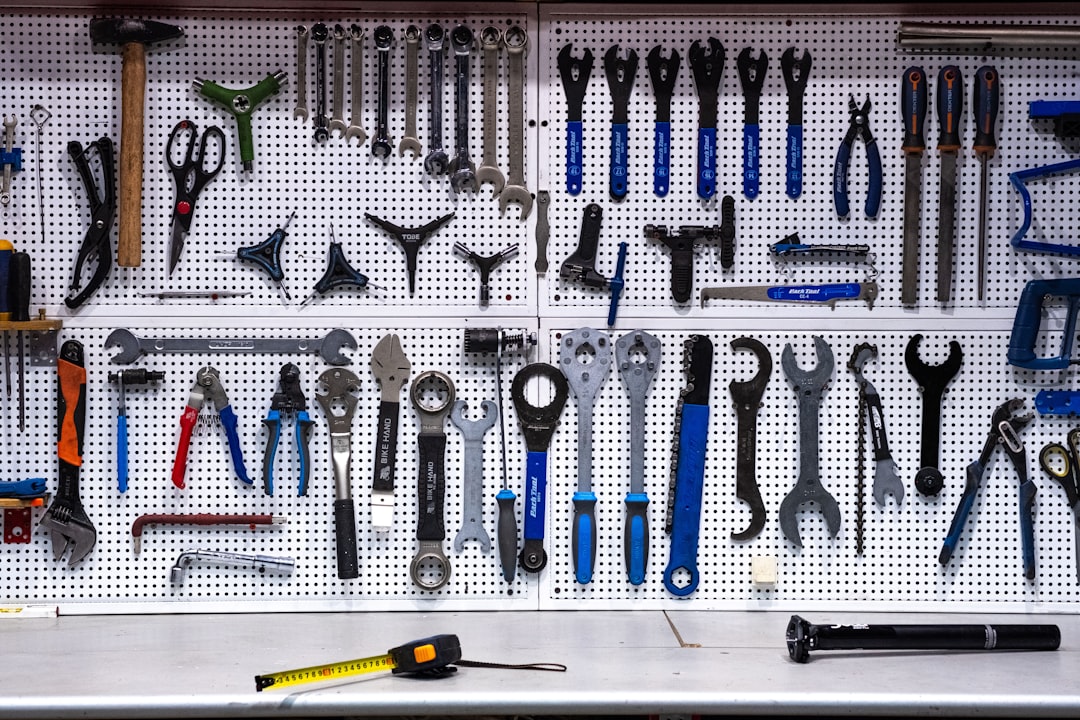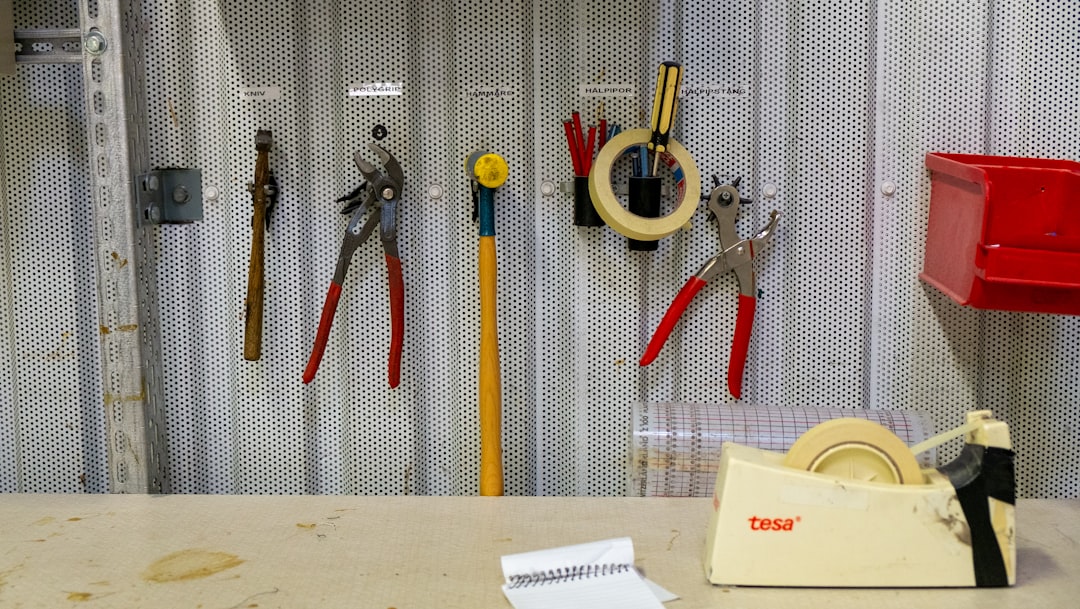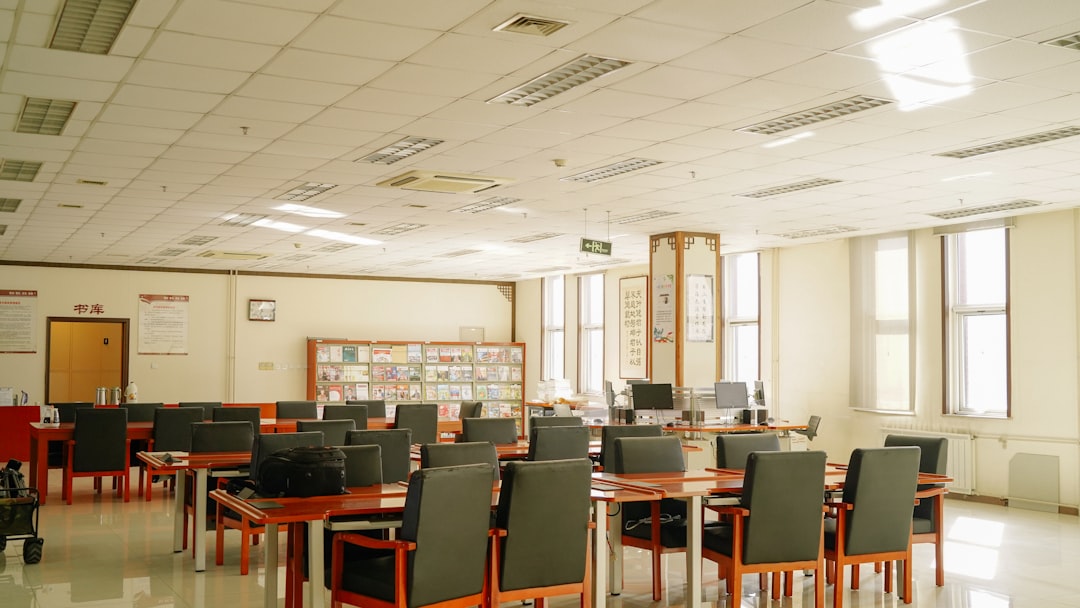

Engage prospects with a scan and streamline customer engagement with FREE QR code marketing tools by Sona – no strings attached!
Create a Free QR CodeFree consultation

No commitment

Engage prospects with a scan and streamline customer engagement with FREE QR code marketing tools by Sona – no strings attached!
Create a Free QR CodeFree consultation

No commitment
Today’s fast-changing workplace relies on complex copiers, printers, scanners, and multi-function devices to keep business moving. When even a single asset stalls, productivity drops, employees queue up, and urgent projects get delayed. Office equipment repair services are expected to diagnose issues fast, manage warranties, streamline approvals, and communicate clearly with busy office managers. Too often, however, the process depends on paper logs, sticky notes, or spreadsheets that are incomplete or outdated. High-value follow-ups can be missed, warranties expire unnoticed, and recurring faults are addressed without the benefit of full service history.
This is where QR codes create a meaningful bridge between the physical device and reliable digital workflows. A quick scan by a technician or office staff member can reveal a device’s full service record, warranty status, model and serial details, and recommended troubleshooting steps. No app download is required. QR codes turn every asset into a digital entry point for maintenance requests and updates, improving visibility for both customers and service providers. Explore the Sona QR product.
By integrating QR codes across equipment, work orders, and communications, repair teams can make data consistent at every touchpoint. This alignment reduces paperwork, accelerates triage, lowers operational costs, and improves first-time fix rates. The result is fewer gaps in tracking, faster repairs, and a smoother customer experience, even at scale across multiple locations and hundreds of devices.

Manual processes, such as paper work orders and scattered spreadsheets, make it difficult to track which devices need attention and when deadlines are approaching. Teams spend extra time hunting for context: who serviced the printer last, which part was replaced, and whether the unit is still under warranty. QR codes resolve these tracking gaps by providing an instant, persistent link between each physical device and a digital profile that contains service history, manuals, and automated workflows. See QR codes in marketing for campaign examples.
Transitioning to QR-driven asset management is not only about convenience, it is about measurable outcomes. Repair providers can set KPIs that align with business goals: shorter mean time to repair, higher first-time fix rate, lower repeat visits, and improved SLA compliance. With every scan synced to a CRM or service platform, managers can monitor performance across locations, identify training needs, and prevent issues from being lost in a pile of paper.
Replacing generic labels with QR codes enables staff to quickly report malfunctions, upload error photos, or check warranty eligibility, as shown in maintenance tracking systems. The scan eliminates guesswork and reduces back-and-forth communication. Even low-intent reports can be captured consistently because the action is immediate and intuitive, which helps teams prevent small issues from becoming costly emergencies.

Repair teams aim to respond quickly and keep devices running, yet the lack of complete and current data is a constant obstacle. Paper records get lost, technicians inherit incomplete histories, and office staff cannot always find the right channel to report issues. QR codes close this critical gap by putting context and actions within a single scan, exactly where the need arises: on the equipment itself. For broader adoption trends, see QR uses for business.
In an environment where devices are shared and spread across floors or buildings, QR codes make every piece of equipment visible. Each scan provides intent signals and operational data that help prioritize workload, forecast parts demand, and schedule preventative maintenance. The result is better service at lower cost, supported by consistent, accurate information.
These improvements address the root causes of missed opportunities and delayed repairs by bringing a real-time feedback loop to otherwise anonymous assets. Faster, simpler pathways to service translate directly into fewer escalations, less downtime, and happier customers.

Different objectives call for different QR code formats. The right format ensures every interaction is captured and actionable, while the destination content is tailored for the situation. For office equipment repair, formats that support troubleshooting, communication, and on-site logistics deliver the greatest impact. Watch this video guide for a quick overview.
Dynamic codes are typically best for repair services because destinations can be updated as policies change, as devices move to new locations, or as warranties are renewed. Static codes still have value for fixed assets or universal resources, but dynamic codes provide the flexibility needed for complex, evolving fleets.
By pairing the right QR format with each scenario, repair teams reduce friction at the point of need, close data gaps, and streamline the entire service process from first report to resolution.

The most effective QR deployments meet users where they already interact with equipment and paperwork. In office environments, assets move between rooms, and device responsibilities are shared among teams. QR codes placed at high-visibility touchpoints turn passive surfaces into active service gateways that catch issues early and keep data synced.
Growth opportunities are not only about faster repairs. They also include better inventory turns, more accurate billing, stronger renewal rates, and targeted upsell of maintenance plans or device upgrades. QR codes support each of these outcomes by capturing intent where it happens and routing that signal to the right workflow.
Strategic placement of QR codes transforms everyday touchpoints into measurable moments that guide smarter resource allocation and more personalized customer outreach.

QR codes are most powerful when they convert problems into action at the exact moment they occur. In office environments, users often notice issues but postpone reporting them. A visible QR next to the paper tray or on the control panel makes it easy to initiate service in seconds, preventing small delays from compounding into lost time for entire teams.
Beyond incident reporting, QR codes support ongoing service excellence. Technicians benefit from quick access to prior repairs and parts used, while managers can compare device health across locations. With dynamic content, all of this can be kept current without replacing a single sticker.
By capturing real-world signals directly from equipment, providers can prioritize work that prevents downtime and deliver a consistently better experience.
Every QR scan tells a story about intent, timing, and context. When you deploy multiple codes across devices, service documents, and customer communications, you start collecting rich behavioral data that fuels smarter follow-up campaigns. This is especially valuable in B2B service environments where buying cycles involve multiple stakeholders and recurring maintenance. Sona is an AI-powered marketing platform that turns first-party data into revenue through automated attribution and activation.
Use scan data to build segments that guide timely, relevant outreach. For example, users who scan during a critical fault have a different need than those who scan a warranty card for a routine replenish. Tagging these moments allows you to align messaging with urgency and interest level, driving higher response rates and better customer satisfaction. For paid media and email, see intent-driven retargeting.
With a centralized platform such as Sona QR, each QR code becomes a smart entry point that enriches profiles and powers data-driven engagement across the customer lifecycle.
For office equipment repair services, offline touchpoints abound: device labels, leave-behind brochures, on-site signage, invoices, and direct mail. The challenge is connecting these materials to digital journeys that capture data and drive action. QR codes provide the connective tissue, making previously unmeasurable channels both trackable and optimizable.
When coordinated across channels, QR codes become part of a consistent, brand-aligned experience. Customers get clear next steps regardless of where they interact with your company, and your team gains clarity into which placements and messages deliver results.
Centralizing QR reporting ensures that engagement signals from every channel are not only recorded, but also aligned with segment-specific follow-up that reflects the customer’s context and needs.
Building a high-performing QR program for office equipment repair requires a structured approach. You will get the best results when you align each code with a specific business outcome, verify scannability in real-world conditions, and measure both scans and downstream conversions. The following checklist outlines a practical sequence any provider can adapt, from small local shops to regional service organizations.
Use this framework to move from idea to results quickly. Start with one or two high-impact use cases, validate performance, then scale with confidence using dynamic codes and centralized analytics. With Sona QR, you can manage designs, destinations, and data in one place and sync insights to your CRM.
Repair operations succeed when they tie engagement to outcomes such as reduced downtime, higher first-time fix rates, parts revenue, and contract renewals. Tracking only the number of scans is not enough. You need a full view from scan to ticket to resolution, including who scanned, which asset was involved, and what happened next. That level of visibility supports better staffing, sharper SLAs, and more accurate forecasting.
Modern QR platforms give repair providers granular data on where engagement originates and how it progresses. With identity resolution and CRM integrations, scans can be linked to accounts, opportunities, and revenue. This makes it possible to prioritize the right accounts, quantify the impact of self-service content, and test which messages drive the fastest actions. Learn more in offline attribution.
Sona QR captures real-world engagement at the source and surfaces it in dashboards that operations and sales can use. With Sona.com, teams can link QR scans to website visits, emails, and CRM activity to build a holistic journey map that connects physical device interactions to pipeline and revenue.
Once your QR program is live, continuous improvement keeps results climbing. The goal is to make scanning a natural part of daily routines for both users and technicians, reduce manual data entry, and ensure every scan triggers a helpful next step. Focus on training, clear CTAs, and automation to maximize impact and scale without adding overhead.
In repair services, the most valuable improvements often come from better data quality and faster triage. Unique codes per asset prevent ambiguity, while integrations ensure that nothing falls through the cracks. The outcome is a smoother experience for customers and more efficient workflows for your team.
With Sona QR, you can spin up codes quickly, manage content centrally, and pipe scan events into your CRM. This lets your team act on fresh data, personalizing outreach and accelerating every stage of the service journey.
QR codes deliver more than convenience for office equipment repair services. They provide a practical system for turning every device into a digital doorway to help, instruction, and analytics. When a user scans to report an issue or a technician scans to log a repair, the data does not disappear into paper files. It flows into a central record that supports faster triage, better planning, and measurable improvement over time.
By adopting QR-driven workflows, repair providers close the offline-to-online gap that has long plagued asset-heavy environments. Teams lower costs by eliminating manual data entry, improve first-time fix rates with instant access to histories, and strengthen customer relationships through clear communication and predictable outcomes. With a platform like Sona QR, you can create, manage, and track codes at scale, link scan data to your CRM, and connect engagement to revenue. Start creating QR codes for free.
QR codes have revolutionized the office equipment repair services industry by transforming how technicians access critical information and streamline workflows. From instantly pulling up repair manuals to logging service details on-site, QR codes eliminate delays and errors, ultimately boosting technician efficiency and service quality. Imagine technicians resolving issues faster with just a quick scan, enhancing customer satisfaction and reducing downtime.
With Sona QR, you can create dynamic, trackable QR codes tailored for repair workflows—update instructions instantly without reprinting, monitor scan activity to optimize technician performance, and connect every scan to improved operational outcomes. No more paper clutter or guesswork, just seamless, data-driven repair services that drive business growth.
Start for free with Sona QR today and empower your technicians with smarter, faster, and more connected repair solutions—turn every scan into a step toward exceptional service and loyal customers.
QR codes link physical devices to digital profiles containing service history, warranty status, and troubleshooting steps, enabling faster diagnosis, streamlined communication, and improved repair workflows.
QR codes reduce paperwork, accelerate repair triage, improve first-time fix rates, enable real-time tracking of maintenance, and enhance customer experience by providing instant access to device details and service requests.
Assign a unique QR code to each device that links to a digital profile storing model information, serial numbers, warranty dates, and complete service records accessible via scanning.
Use unique dynamic QR codes placed on visible device locations, integrate scans with service platforms or CRMs, add clear call-to-actions, test scannability, and automate follow-ups to ensure consistent and actionable maintenance workflows.
QR codes provide instant access to warranty status and coverage details, speeding up approval processes and preventing unnoticed expirations by linking warranty information directly to each asset.
Use Sona QR's trackable codes to improve customer acquisition and engagement today.
Create Your FREE Trackable QR Code in SecondsJoin results-focused teams combining Sona Platform automation with advanced Google Ads strategies to scale lead generation

Connect your existing CRM

Free Account Enrichment

No setup fees
No commitment required

Free consultation

Get a custom Google Ads roadmap for your business






Launch campaigns that generate qualified leads in 30 days or less.
